|
 |
| |
|
|
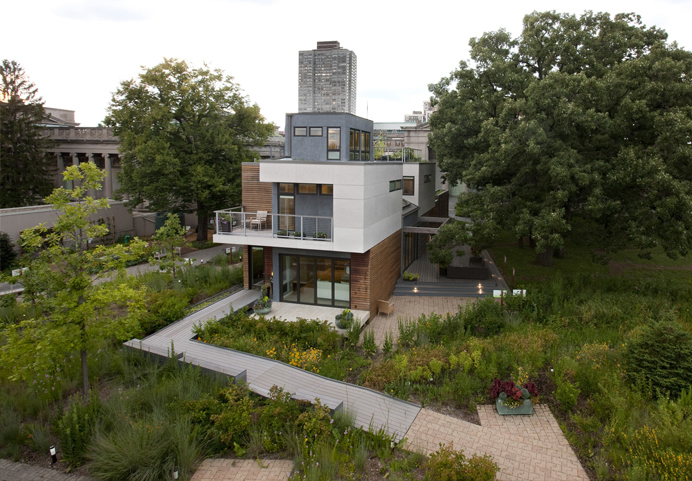 |
|
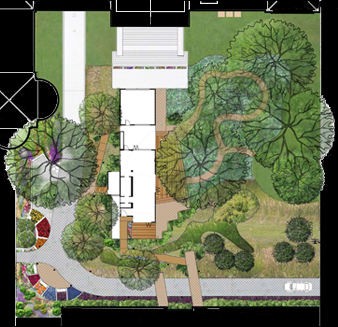 |
|
The Museum of Science and Industry’s mission is to inspire the inventive genius in everyone by presenting a captivating and compelling experience that is real and educational. With over 2,000 exhibits in the museum’s main building, the institution is continuously adding new exhibits exploring different technologies. Along with Michele Kaufman, architect of pre-built environmentally friendly modular housing, Jacobs/Ryan Associates (JRA) designed a sustainable landscape for the new Smart Home exhibit at the Museum. According to the Museum’s website, “Toured by over 200,000 guests since its debut in May 2008 (through 2010), the Smart Home provides examples and ideas for sustainable living with contemporary style and in harmony with the environment. Whether you’re into gardening, gadgets or garages, it will reboot your thinking about your home and how to live greener.” The site and landscape elements tell Museum visitors a story of sustainability in practical applications of green technology. |
|
| JRA worked with the Architect and Museum staff to site the building and all the associated walkways, display gardens, green roof, bio swale and prairies. The Home sits on the Museum’s rarely used east courtyard which is graced with a grove of Bur Oaks, some of which are thought to be over 150 years old. The sustainable landscape features permeable paving, energy efficient lighting, native prairies, bio swales, and oak savannah plantings. Since the project was part of an overall Museum exhibit, many of the plants, construction materials and labor were donated by nurseries, landscape contractors, paving suppliers and others. Originally, the Smart Home was intended to be a one year display; however, due to its popularity, the Home has remained for several years, each year getting refreshment and updating. Donated materials and services continue to be made each year that the Smart Home stays in place. The Landscape Architect works with Master Gardeners who are maintaining the landscape and using the gardens as teaching elements to the general public and various school groups. |
|
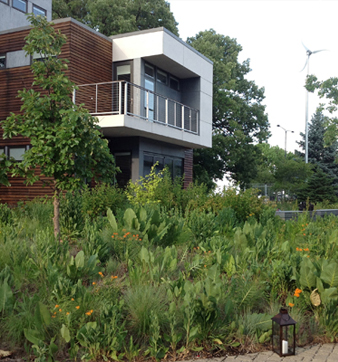 |
|
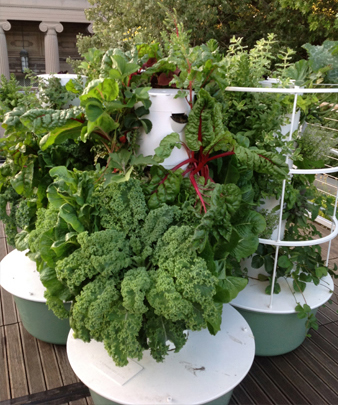 |
|
The Smart Home has recently been acknowledged as one of the Landscape Architecture Foundation Performance Series projects, a nation-wide case study of green projects researching the success of a landscape’s sustainability. The benefits to the Museum and the community are clear: the Home has been a very popular exhibit, and is regularly updated with the newest technologies embodying the “House of Tomorrow” spirit that the Smart Home was built to demonstrate. Renewable food production in the form of hydroponic planters and composters have brought interest and business to these expanding industries. The Home also features affordable do-it-yourself planters for people to try. The Home’s produce is used by the Museum for catering events, with the Home frequently being the site of Museum events. Solar and wind energy are harvested in the landscape and on the Smart Home’s green roof, and can be monitored from inside the house. The Home also provides a rich educational experience for students as well as offering special classes available to “teach the teachers,” to take the Home’s solutions back with them to students who may not be able to visit the Home. |
|
| The Smart Home exists as a one of kind narrative of regenerative design. Sited on the Museum campus dating from the World’s Exposition in 1893 and designed to help preserve a grove of ancient oaks, this “House of Tomorrow” demonstrates the importance of building the future from the past without throwing it away. The sustainable strategies in the exhibition educate the possibilities each visitor can take with them to apply to their own lives to move beyond heedless lifestyles. It also provides learning opportunities to educators to proliferate from afar. In this way, the solutions provided by the Smart Home demonstrate a better tomorrow that is easy to achieve, regenerating a spirit that has lived on in the Museum since its beginnings. The Smart Home has received several other honors, including a publication in The Chicago Tribune in 2008 after the Smart Home first opened. The American Society of Landscape Architects presented JRA with a Merit Award for the Smart Home in 2011, and the Smart Home was recently featured by the World Landscape Architecture webzine in August 2013. Jacobs/Ryan Associates has been an active part of the Museum of Science and Industry Masterplan since 2001, and is proud to continue its involvement with the Museum.
Client: Museum of Science and Industry; Architect: Michele Kaufman |
|
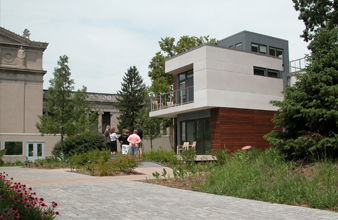 |
|
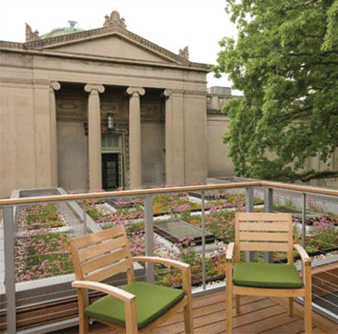 |
|
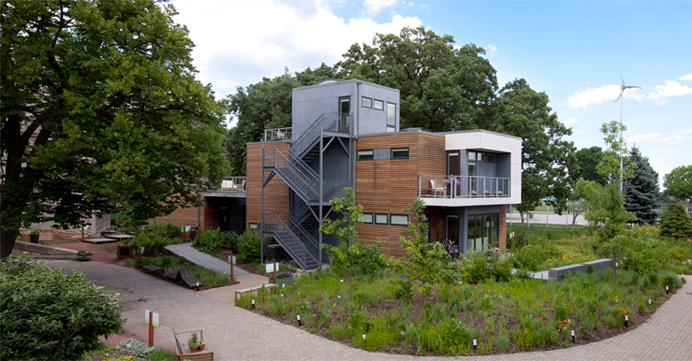 |
|
|